There will be a big difference in the amount, and type, of preparation, depending on the length of your trip and where you are planning to go. A two-week vacation to a resort is an entirely different thing than setting out for six months or a year to live in a foreign place.
There is no way for us to cover every contingency; instead, we’ll point you to some good resources and paint some broad brush strokes to get you thinking and planning in the right direction.
In general, there are three areas of health care that need to be considered when embarking on a trip with travelers of any age. These are: maintenance health care, destination specific risks and emergency health care. Let’s look at these one by one, as each relates to your child.
Maintenance health care

If you are traveling for any length of time, it is an excellent practice to carry a copy of your child’s medical records with you. Maintenance health care is important for any child, but for a child who travels extensively, it’s even more important, as your child will be exposed to foods, bacteria, and possibly viruses or other organisms a baby remaining at home would not. This is not necessarily a bad thing, it’s just an additional aspect of the reality of parenting on the road that needs to be weighed carefully and wisely managed.
Destination specific risks

Even seemingly innocuous locations, like the southern coast of Italy, during certain years, are home to typhoid outbreaks–and you’re not going to want to get anywhere close to the equator without a yellow fever shot. Our kids moan loudly about the bitter anti-malaria pills that we dole out every Sunday morning when we’re in Central America, but not taking them is simply not an option for us.
Not every health care risk can be reduced. Not every disease can be immunized for (dengue, for example). But many can, and those immunizations that are available should be carefully considered, as sometimes there is not a second chance. The CDC website has a thorough list of recommended immunizations and precautions to be taken, by country and region. Do your homework and give yourself enough time to allow the doses to become effective in your system before heading out.
Food and Water
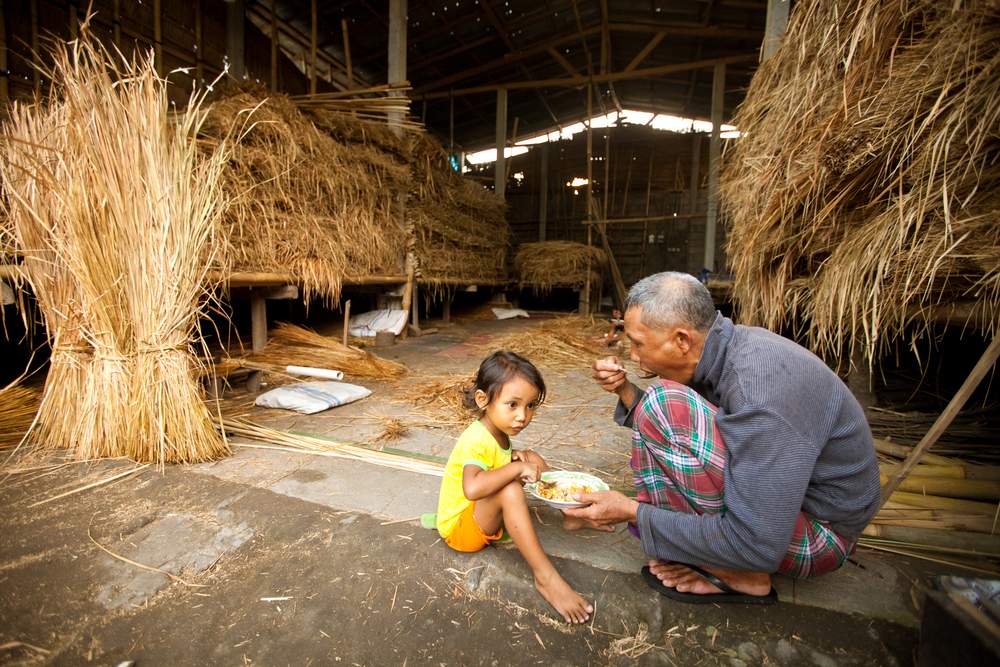
Use only bottled water in preparing your child’s food and thoroughly disinfect all fruits and vegetables using iodine tablets, grapefruit seed crush extract (GSE), or bleach water before feeding them to your child.
Adhere strictly to the bleach-boil-peel rule (only eat it if you have bleached it, boiled it or peeled it) and you’ll minimize the risks significantly. For our family, I bleach even if we’re going to peel, as bacteria on the peel can be transferred to the inside of the fruit on the knife you’re using.
To use GSE as a disinfectant, use 15 drops of extract per quart of water and soak the veggies for twenty minutes, rinse with purified water, and prepare as you normally would. GSE can also be taken internally (5 drops to a glass of water) to cut down on intestinal difficulties while traveling.
Emergency health care
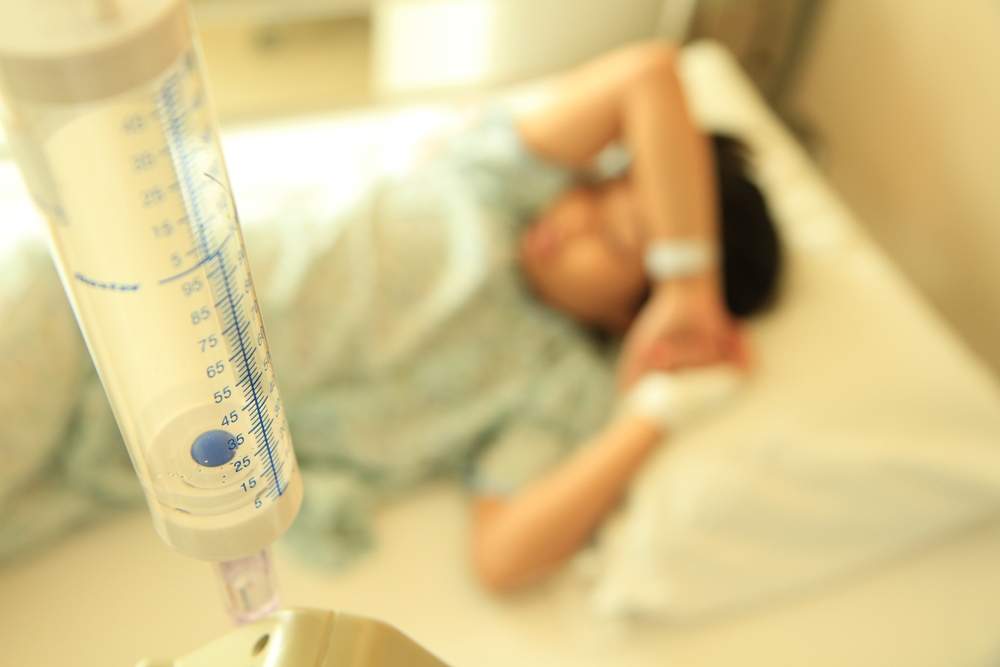
When traveling with a child, it is especially important to be prepared for these emergencies, to minimize the trauma and the potential health consequences for everyone. While you can’t predict when an emergency will strike, or how bad it will be, there are a few things you can do to prepare:
- Carry the appropriate documents: medical and immunization records, lists of allergies to foods, medicines and environmental factors, lists of medications, and vitamins currently being taken.
- Take the appropriate classes: There is no excuse for not being first aid and CPR certified. Our children take the classes by ten years-old, and we review periodically. No parent should be without these skills.
- Do your homework: Make it your first priority to locate the nearest medical center or hospital when you arrive in a new area. Private hospitals are your best bet in 3rd world countries.
- Carry a medical kit: I’m not talking about the $20 basic first aid kit available at the drug store, I’m talking about a REAL medical kit (more on that below).
The necessity of this was driven home for us on an idyllic tropical evening, camped on the side of a volcano in a little town in the highlands of Guatemala when our middle son, Elisha, who was nine at the time, cut the tip of his finger almost completely off whilst working on some fish.
It was our first experience with a third world hospital. It was not confidence inspiring. There was no suture kit in the entire “hospital,” nor were there butterfly bandages. In the end, what I had in my health kit was better than what the doctors could provide.
They did, however, hook us up with an unidentifiable pain medication: “23 drops every three hours” and an antibiotic to ward off infection. What did I learn? That I needed to add a suture kit to the bag.
What should you have in your medical bag?
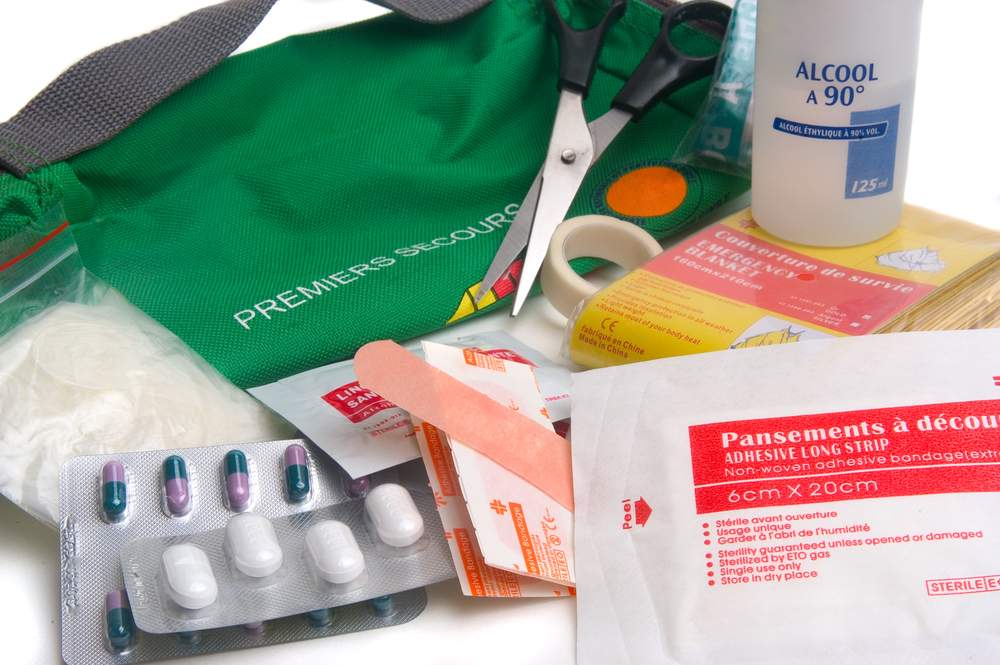
- Bandages of all sizes
- Antibiotic ointments
- Burn treatment
- Blister pads
- Spray pain reliever, like lidocaine
- Tongue depressors
- Tape
- Ankle, wrist, and knee braces
- Dental filling replacement pack
- Antibiotic prescription for each family member
- The usual pain meds
- A prescription of serious pain meds
- A suture kit
- Instant ice and heat packs (the chemical gel kind you shake to activate)
- Swabs
- Peroxide
- Alcohol
- Tweezers
- Needle nose pliers
- Butterfly bandages
- Superglue (for major minor cuts)
- Anti-nausea, anti-diarrhea, anti-gas, and antacid meds
- For a young child, add infant medications, anti-colic water for an upset tummy, and smaller versions of the bandages.
Be sure to ask your doctor for prescriptions of things you’re likely to need, like antibiotics and real pain medication, cough medicines, inhalers, or anything you could possible want in a pinch and have a hard time getting overseas. Yes, almost all of these things CAN be found wherever you go… but it minimizes stress in the middle of the night to have them on hand.
Safety plans for independent children
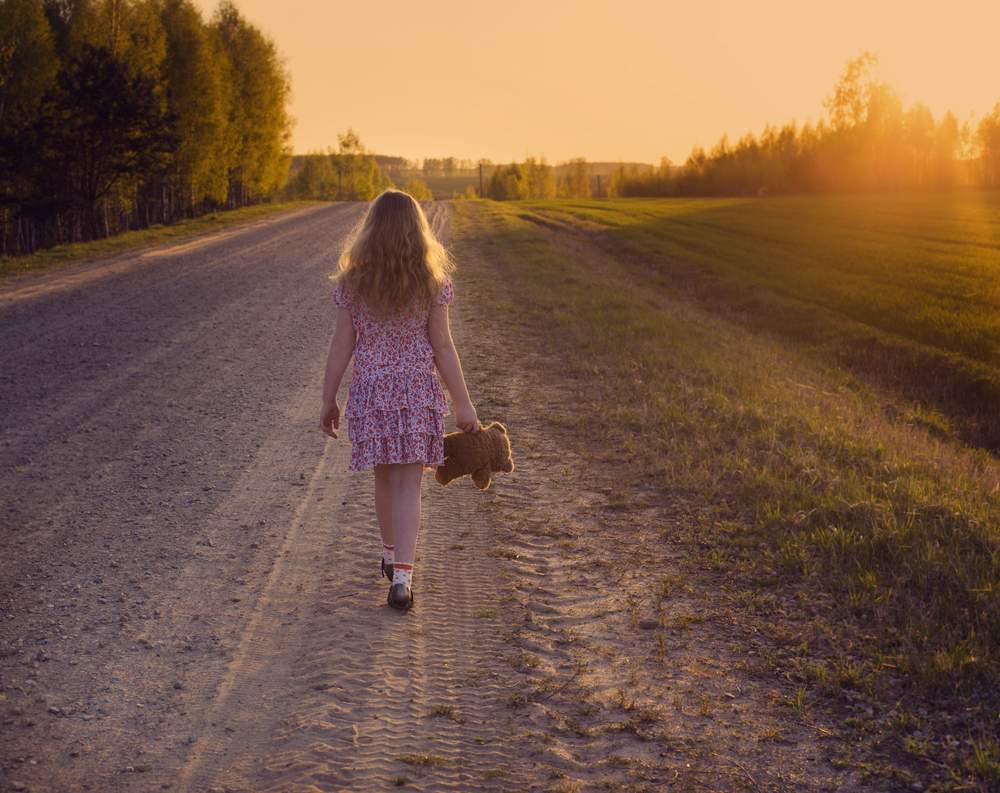
ID Tags
Simple tags with their photo, name, and pertinent contact information, such as the name and address of the hotel we were staying at and our cell phone number. I printed these on card stock and slid them into conference ID tag holders that clipped to the children’s clothing.
I know there is some debate about printing a child’s name on anything he carries, but we minimized the risk of these tags being used to lure our children away by using a small font (too small to read unless you were quite close to the tag) and by clipping the tag so that the printed side faced the child’s body and the blank side was out.
That kid we lost in the market… he was tagged. My only consolation in the sheer panic of that moment was that he could be returned to our hotel by anyone who found him, and that our cell number was on the tag too.
Safety plans
“If we get lost, we sit right down where we are, and we wait. You will come back for us. If we get left on the train platform, we sit on the nearest bench and we wait. You will catch the next train back and get us. If we get left ON the train, we go to the next stop, get off, and sit on the nearest bench. You will come get us.”
Our kids are very sure that we will ALWAYS come for them and so they can sit confidently and wait.
We’ve never lost a kid on a train, but we did lose Grandma once, in Washington D.C. The kids were freaking out because they hadn’t told Grandma the plan! How would she know what to do?!
It is important to have a plan. Memorize it. Stick to it.
Secret code word
The children know that if they are in danger, or need us to listen to them for a health and safety alert, they can holler, or whisper, “Grasshopper, Mama,” and we’ll drop everything and follow them without question.
Passwords
Should a child become lost when we’re traveling with a group, we have a prearranged password that all of the children have memorized.
If they are lost and an adult they don’t know comes to get them, that adult must know the password. In this way the children can be confident that they are going to rejoin our group with a safe person, and the parents can be confident that their child will not be lured away by someone less than safe.
Two way radios & cell phones
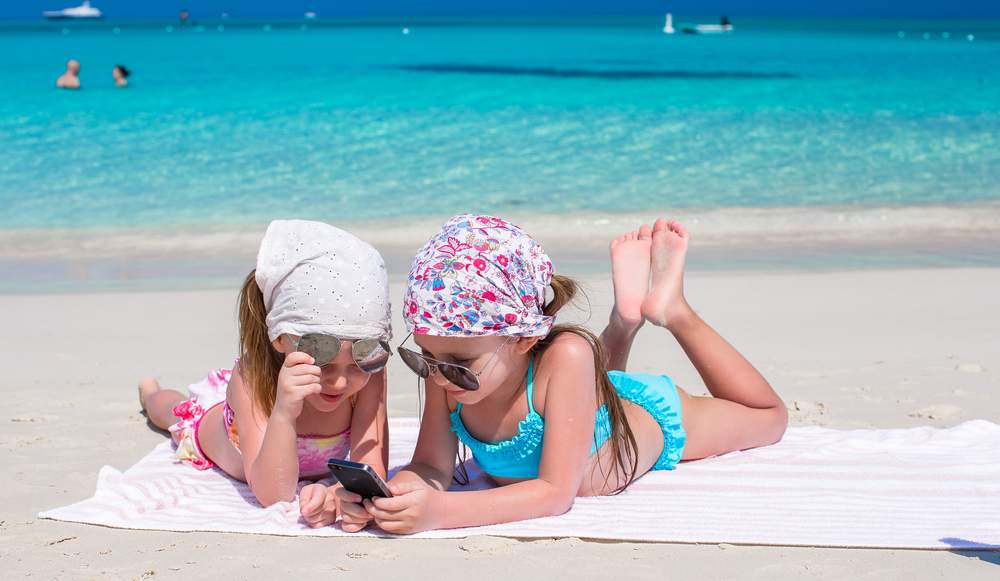
It was my husband’s genius idea to invest in two way radios for this purpose. One radio goes with Mom and Dad, one radio stays with the oldest child. The kids watch their movie, brush their teeth, and go to bed while Mom and Dad get an evening out within easy reach of the radios.
Cell phones could also be used, but having two cell phones activated as you travel from country to country can become expensive and inconvenient. The radios work everywhere, so long as we have batteries.
The radios have extended the freedom of our older children, allowing them to go together (our kids always go in a group when they’re out and about without us) to the park, or the library, or the corner store, while knowing that they can be called back at any time, and more importantly, that they can call US if they need anything.
Our son was recently given a military issue radio with a larger range and a GPS built in. We plan to get a second one like this, which will have the added benefit of GPS coordinates so we’ll know EXACTLY where the kids are and be able to walk to them if we need to. I can see the benefits of this with teenagers!
Lost & Found
Tragedy does strike occasionally, and fortune favors the prepared.
I hope we never need that plan, but if we ever DO, I feel much better as a mother knowing that my big kids have the skills to get themselves the help they need and get home.
Consider that carefully as you travel with your children, make contingency plans, prepare for the worst, and then expect the very best.
Check out the following articles and resources to help plan your family RTW trip:
- Sign up for the Family Edition of Plan Your RTW Trip in 30 Days
- Read RTW Accommodation Options for Families
- Read Packing for a RTW Trip – Family Style
- Read 5 Reasons Parents Should Travel with Their Kids (From a Teen’s Perspective)
Photo credits: PHOTOCREO Michal Bednarek , JPC-PROD, Kylie Walls, De Visu, drpnncpptak, Gilles Paire, Maya Kruchankova , TravnikovStudio
